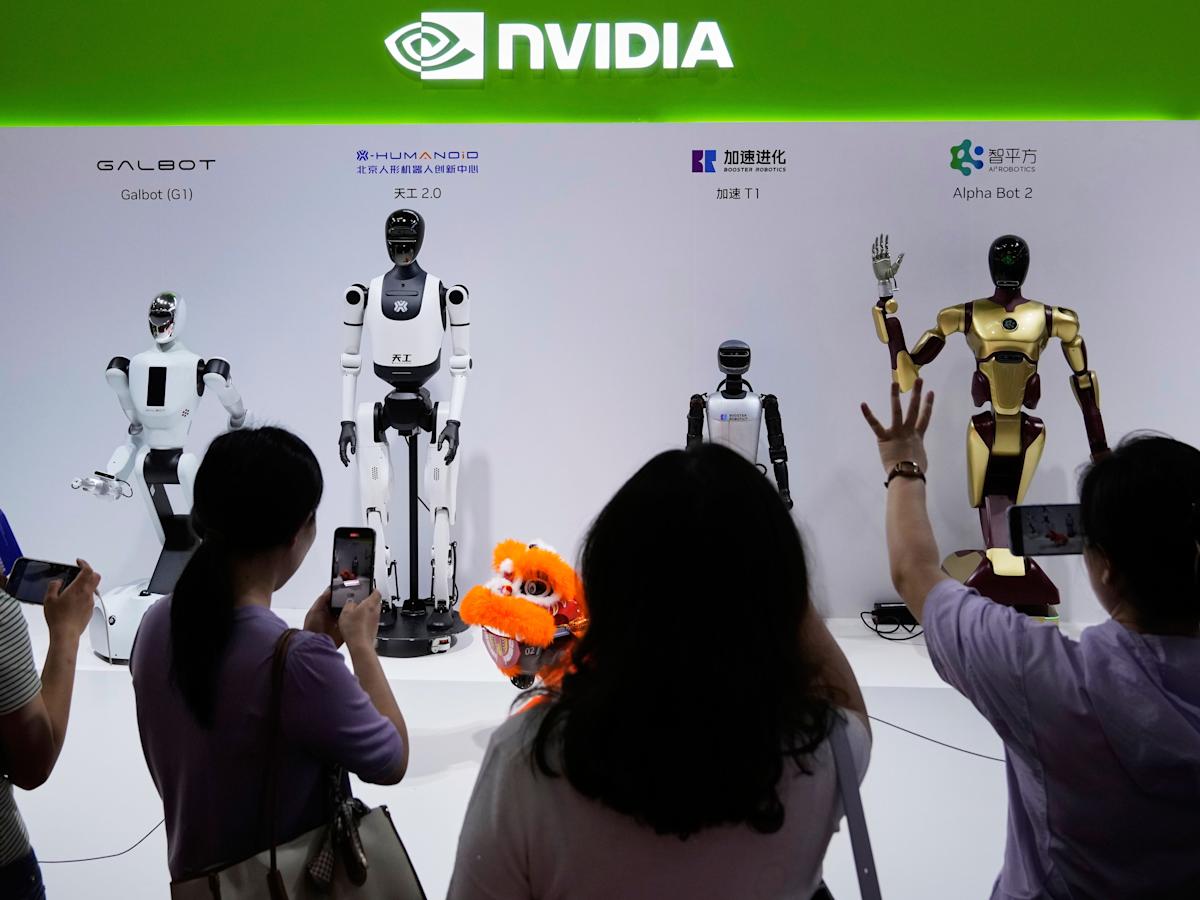What AI bubble? Here’s your official Nvidia’s earnings report scorecard.
Nvidia’s earnings have become like a quarterly Super Bowl for the stock market.
Traders don’t have to be invested in the stock to tune in — they’re simply there to soak in the spectacle, and appreciate a company at the top of its game. They also realize that something could occur that alters the trajectory of the entire market, and they don’t want to miss it.
So when Tom Brady Jensen Huang discussed Nvidia after its latest earnings report, ears everywhere perked up. This was especially the case after the company — in typical fashion — smashed expectations. The main highlight was a sales-forecast hike for the fourth quarter.
But there are more layers than that. In order to give the most accurate possible assessment, I narrowed down the three main questions facing the firm, and my level of satisfaction with the answers provided. That “satisfaction score” is given on a scale from 1 to 10, with 30 marking a perfect report.
Here’s the rundown:
Question 1: Is AI spending going to stay strong enough?
What happened:
CEO Jensen Huang pulled no punches out of the gate, attacking this question with fervor.
“Blackwell sales are off the charts, and cloud GPUs are sold out,” he said. “Compute demand keeps accelerating and compounding across training and inference — each growing exponentially. We’ve entered the virtuous cycle of AI.”
The company’s better-than-expected revenue forecast for the fourth quarter also signaled immense demand, especially considering how high the bar was set.
Satisfaction score: 10 out of 10
Question 2: Is Nvidia doing enough to retain its position as king chipmaker?
What happened:
On the earnings call with analysts, Nvidia was quick to assert its competitive advantage and highlight how much faster and better its chips are. It also namedropped several collaborators across industries, as if to signal how widespread AI has become.
As for whether Nvidia is staying financially dominant, here’s a fun stat: It’s on pace to bring in more annual net income than what rivals Intel and AMD will generate in sales.
One question mark that remains is Nvidia’s presence in China. The company didn’t mention China at all in prepared statements. Then, once asked about it on the call, CFO Colette Kress said Nvidia is budgeting no sales there in the fourth quarter. I’ll dock two points for the lack of clarity here.
Satisfaction score: 8 out of 10



Leave a Comment
Your email address will not be published. Required fields are marked *